GC 2008: Far Cry 2 Hands-On - Map Editor, Single-Player Impressions, and Dynamic Narrative
Design your own war zone and then burn it to the ground.
If Far Cry 2 takes place in Africa, why is there a multiplayer map featuring the Eiffel Tower? Because a very dedicated tester created it himself in the robust map editor, that's why.
We stopped by Ubisoft Montreal last week for a first look at the anticipated map editor and managed to squeeze in several hours of the single-player campaign as well. Console players finally have at their disposal an editor that's almost on par with a PC mod tool. Fear not, PC players, the Far Cry 2 PC map editor has a simple Windows interface and looks like a streamlined version of Photoshop. Ubisoft's goal for all platforms was simplicity. Though the interface varies slightly to take advantage of either a mouse and keyboard or a controller, Ubisoft was whipping together realistic-looking multiplayer maps in a matter of minutes on the PC and consoles.
If you have more than a few minutes, the creations can be quite extraordinary. The Eiffel Tower was constructed using hundreds of individual pipe pieces, while another developer painstakingly layered cement slabs to create a naval battleship, complete with interior decks.
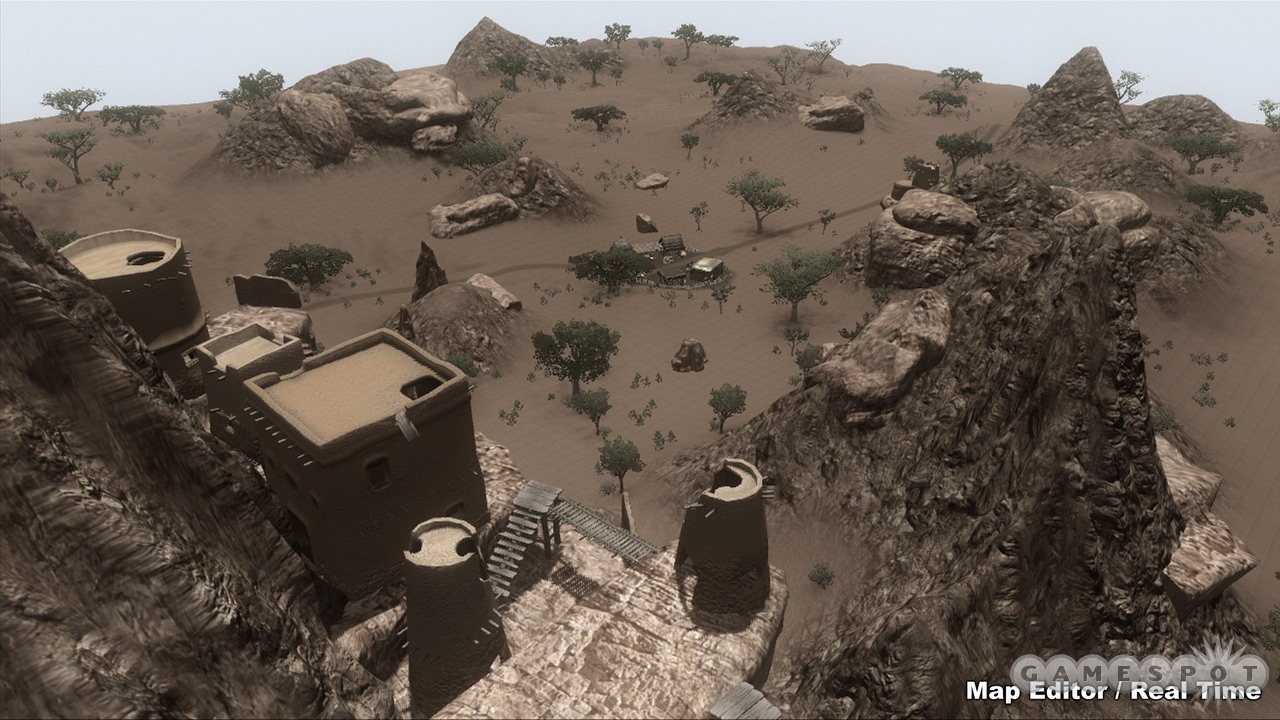
The first tool at your disposal is the mound tool. Simply create a circle on an area of land and hold down a button, and the earth will begin to elevate, almost as though you're spray-painting elevation changes. Indeed, most tools handle exactly like a spray-paint tool in Photoshop. If you "spray" over the ground with the noise tool, it will create random divots and rocks and small contours to give the map a more natural look. The erode tool can be applied to elevated mounds, creating sheer cliffs and steep, rocky slopes. A texture tool can apply individual biome characteristics that represent the major areas of Far Cry 2: jungle, desert, and savannah. An algorithm will select trees and bushes at random, so vegetation appears realistic rather than being a perfect grid of palm trees. We watched as one developer created a beautiful forest in a matter of seconds. Roads can be added by selecting a surface such as dirt or pavement and then dragging and dropping points around the topography. Finally, every map must have a set number of spawn points, at least one spectator camera location, and mode-specific objectives like flags in Capture the Flag. A validation tool will tell you what you're missing before you're allowed to finalize your map.
The bulk of your time will be spent with the object tool, which gives you the ability to drop any object into the environment and orient it exactly as you wish, even if you prefer a village of upside-down houses. Churches, fences, homes, walls, explosive barrels, and vehicles can be added anywhere, although the vehicle count is currently capped at six. Because these objects can be stacked on top of one another, you can create some impressive structures should you take the time to build them. One map we saw showed a construction site and an unfinished building made out of individual girders. Another map was designed as a harbor, with large cargo containers stacked on top of one another and tall cranes looming overhead. A final map we ran through featured an old passenger train stretched across a lake with a few wood docks floating about. If you can dream it, you can probably make it happen.
Once your map is created, you can play around with times of day and add weather effects like fog and rain. Finally, you can hit a button and drop right into the map and start shooting it up or burning it down with a flamethrower. Not only is this fun, but it gives you the chance to scope out good firing positions and test the design of your map.
Should you not want to spend too much time in the map editor, you can always download a map from another user and modify it to your liking. The original creator will still receive credit for his map, but you can jump right in, make changes, and upload it again. Ubisoft is still hammering out all the community features of the map editor, but at the very least you will be able to sort through maps based on filters like top rated or number of times played. Unfortunately, it will not be possible to share maps across different platforms, but based on our time with the map editor, it appears that Ubisoft has reached its goal. The editor is seamless and simple.
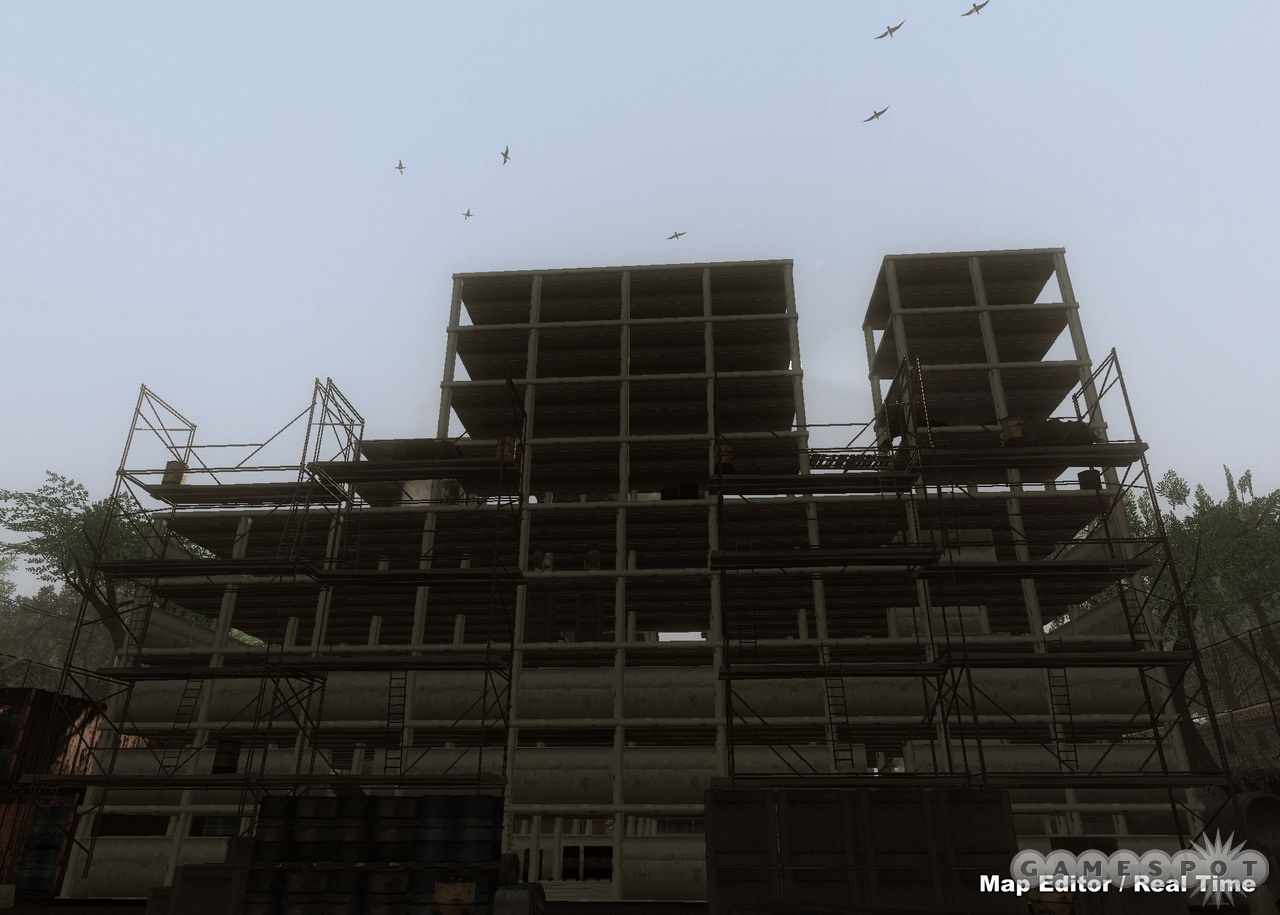
Not so simple is the single-player game, which is to say that Ubisoft is aiming for an engrossing experience with dynamic narrative. Because you can pick and choose your buddies and build up your relationships with them, and because they can die at any time and be removed from the story completely, no two experiences will be alike. As you improve your relationship with buddies by taking on their side missions, more information about their personal histories will be added to your file. No matter which of the nine characters you choose to play as, there are a few big moments in the plot--without giving away too much--when you have to decide whom to help, who lives, and who dies.
In the few hours we played of the single-player game, we noticed a definite rhythm to the action. There are safe houses littered throughout the region that you can unlock by defeating the guards there. There are weapon shops and armories where you can reload. You can also take on side missions from the shop owner that will unlock new guns. But to purchase guns, you'll need to collect conflict diamonds. Hundreds are scattered throughout the country, and your GPS device will quickly flash green as you approach a stash. You also earn diamonds and progress through the story by completing the main missions. But, of course, to better complete missions you need access to better guns...a vicious (and fun) cycle.
In the mission we played, a lieutenant in the APL faction wants a police chief dead and orders us to destroy his heavily armed convoy. Plus he pays in advance. As we head to the location on our map, we get a phone call from one of our buddies, Flora, who has a less dangerous way to complete the same mission. She recommends stealing a ledger that contains details of APL bribes from the chief's brother. When the chief finds out, he'll hole up in the police station and wait for your arrival.
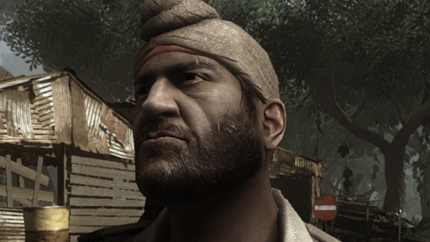
Unfortunately we died before completing the mission, so we turned our attention to exploring the open world, burning enemies to a crisp with the flamethrower, and racing through guarded checkpoints. There are several large radar towers looming over the land, and you can earn some quick diamonds by accepting assassination side missions there. A creepy muffled voice comes on the line and gives you a target to put to sleep for good with a well-aimed shot from the silenced dart rifle.
At this point in development, Far Cry 2 is feature complete, and Ubisoft Montreal is focused solely on cleaning up the remaining bugs. We'll have more on the map editor and multiplayer as we approach the October release date. Until then, check out two new interviews with Ubisoft Montreal and a brand-spanking-new trailer.
Civilization Colonization proves that you don’t need an advanced technology tree with the Manhattan Project or manned space flight to get you completely engrossed in the latest entry from famed game designer Sid Meier. No, in Colonization, all you need is corn.
Early on in your quest to dominate the New World, the cultivation of food and growing your colony’s populations will be your first priority. Armed conflict against hostile barbarians? Forget about it. Even your European rivals from either England, France, Spain, or the Netherlands don’t want to pick a fight. Success in the Americas is based on your ability to adapt to new forms of agriculture, managing your relationship with Native American tribes, and generating enough resources to simply stay alive. Invading tiny Indian villages is the last thing you should worry about.

In our last hands-on with Colonization, we played through the single-player mode. In traditional Civ form, the maps are randomly generated to encourage surprise and exploration. There are two map types to choose from: New World, which generates two large land masses to represent North and South American; and Caribbean, which creates a series of islands meant to characterize the Hispaniola and the islands in the Bahamas discovered by Columbus. This week we played through one of the few maps included in scenario mode. The new scenarios use maps based on real geography, something many Civ fans have been clamoring for for years now. One map focuses on North America, a second on South America, a third on the Northwest Passage and one on that covers the northernmost colonies and Canada. Because it’s summer, we tried our luck as the English, only this time in South America.
It’s important to note that unexplored areas of the map remain cloaked in darkness, so even though you know the basic geography of South America, exploration is still important. The tech tree and road to success in Colonization is unlike any other Civ game, unless you played the original Colonization from Sid Meier back in 1994. First up is food, represented on the map as corn and fish. Cultivating food is the key to growing your population, and you can recruit expert farmers or fisherman from your homeland in Europe that will double production when assigned to their respective specialties.
While the goal of Colonization is to break away from your European home country and declare your independence, Europe is an invaluable resource for almost the entire game. There’s a market for raw materials like cotton, sugar, tobacco, and animal furs, and shuttling those goods back to the homeland will give you gold to be spent on even more master craftsman. Such craftsmen come in handy when you are established enough to begin refining your goods into coats, rum, cigars, and cloth, which are usually priced at more than four times cost of the raw product. Cha-ching.
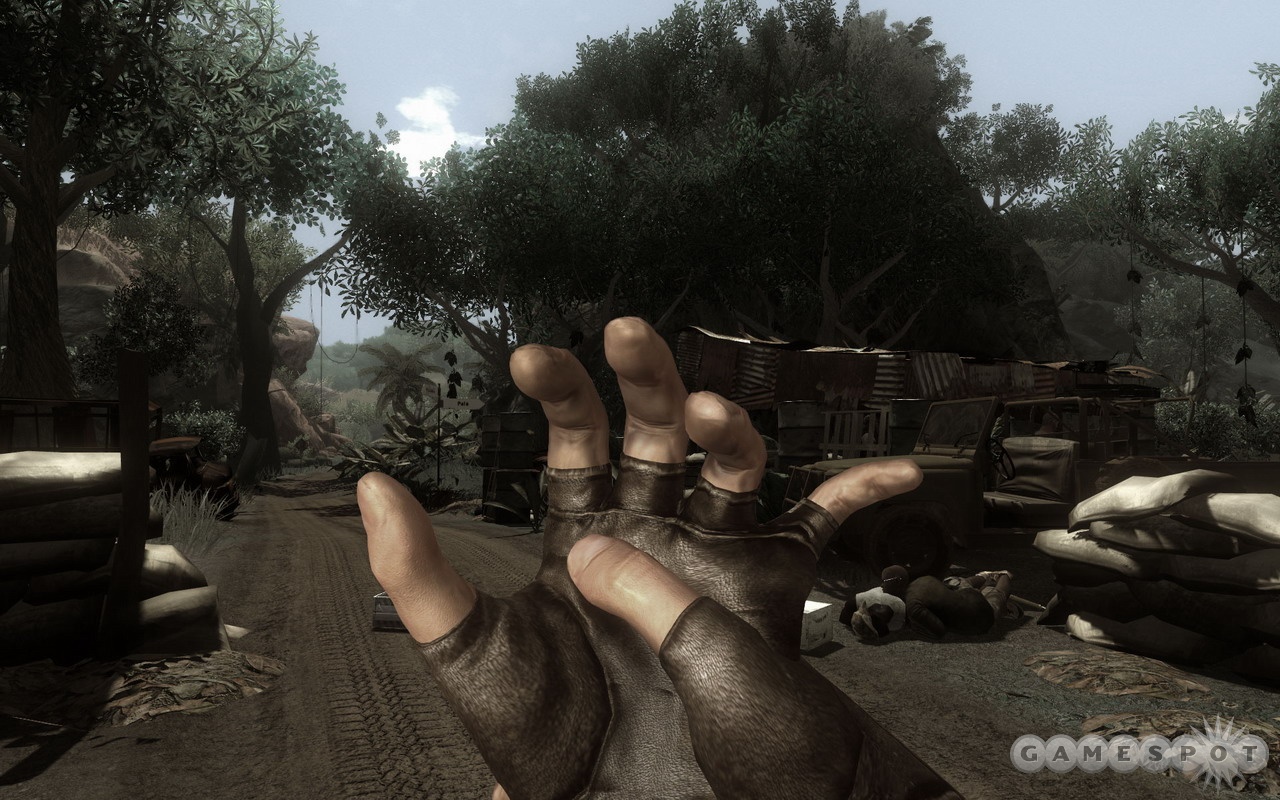
As many in Europe are persecuted for their religious beliefs, they look to the New World as a place of freedom, a fresh start. Often these disenfranchised citizens will be waiting at the docks in Europe to join your colony. While master craftsmen will double your production, indentured servants and petty thieves will also looking to make the transatlantic voyage and you’ll have to decide if you want such low-producing citizens in your colonies. Give me your tired, your poor indeed. One way to increase the amount of quality immigrants is to establish churches and cathedrals within your colonies. These produce “crosses,” and clergymen such as firebrand preachers can be assigned to work in a house of God to double the production of crosses. As a beacon of hope and religion, Europeans will begin flocking in no time.
When they do, education is a great way to get your masses learned in a specialization. By sending them to schoolhouses or college, colonists will learn specializations like master blacksmith, gunsmith, or carpenter, for example. Balancing all these raw materials is quite a chore. To build advanced structures, you need tools and lumber. To build tools, you need iron ore. To chop wood, you need lumberjacks. To feed miners and lumberjacks, you need food. To cultivate food, you need farmers and fishermen. On the side you have tobacconists manufacturing cigars, distillers making rum, fur traders making coats, weavers making cloth, and gunsmiths making rifles that defend your villages. Carpenters increase the production speed of new buildings, wagon trains, and naval vessels. Naval vessels are used to shuttle materials between your cities and Europe by sea, while wagons transport goods overland.
If you’re looking for a challenging Civ experience, Colonization is it. Management plays a much greater role then combat and you can’t simply fight your way to victory from the very beginning. We’ll have more on Colonization soon as we examine multiplayer, community and mod tools heading toward the September 22 scheduled release date, if we can pry ourselves away from the extremely addicting single-player mode, that is. Just one more turn? Yeah right.
Got a news tip or want to contact us directly? Email news@gamespot.com
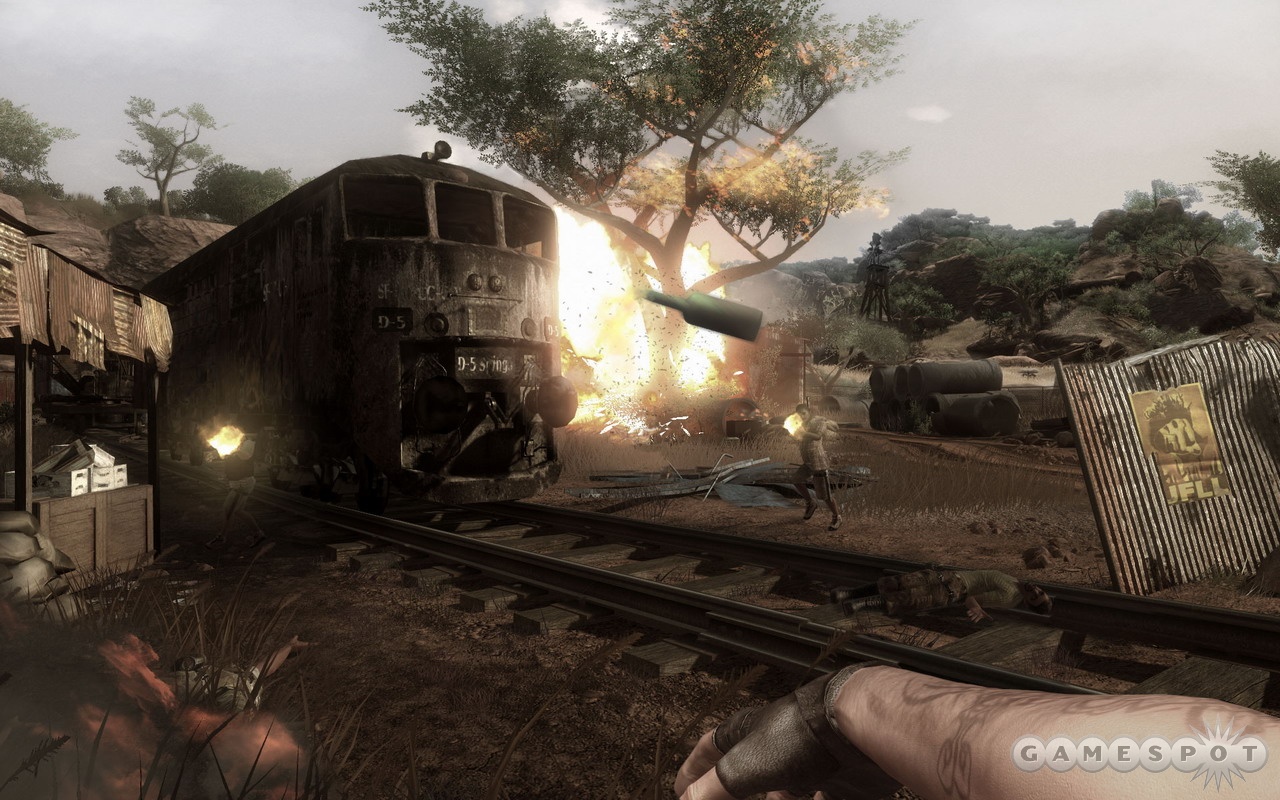
Join the conversation